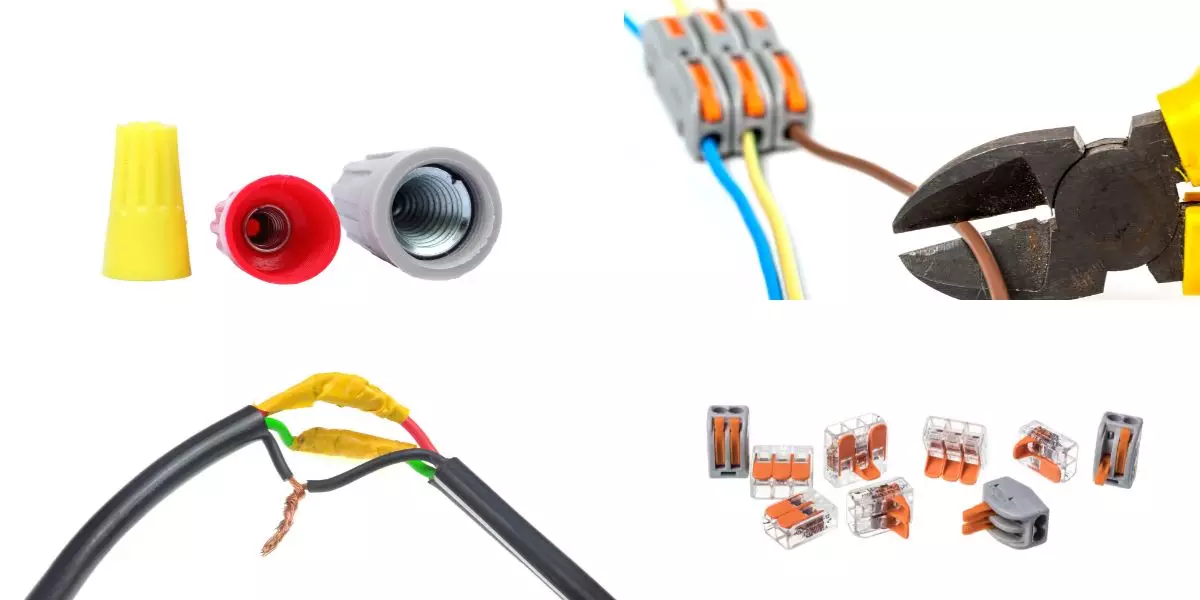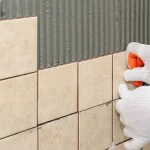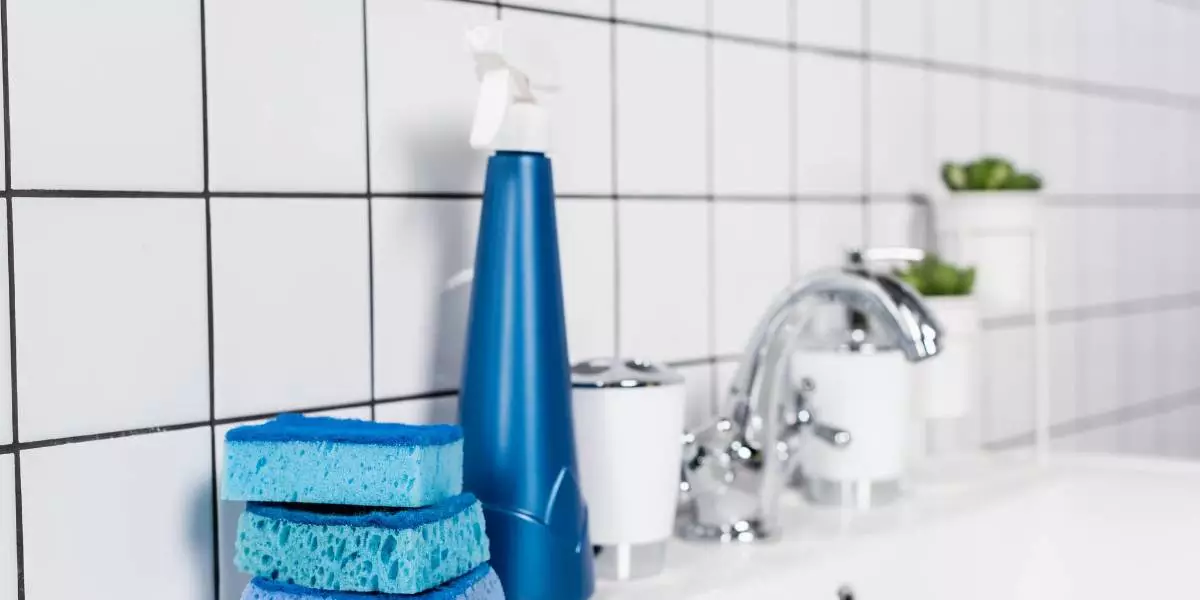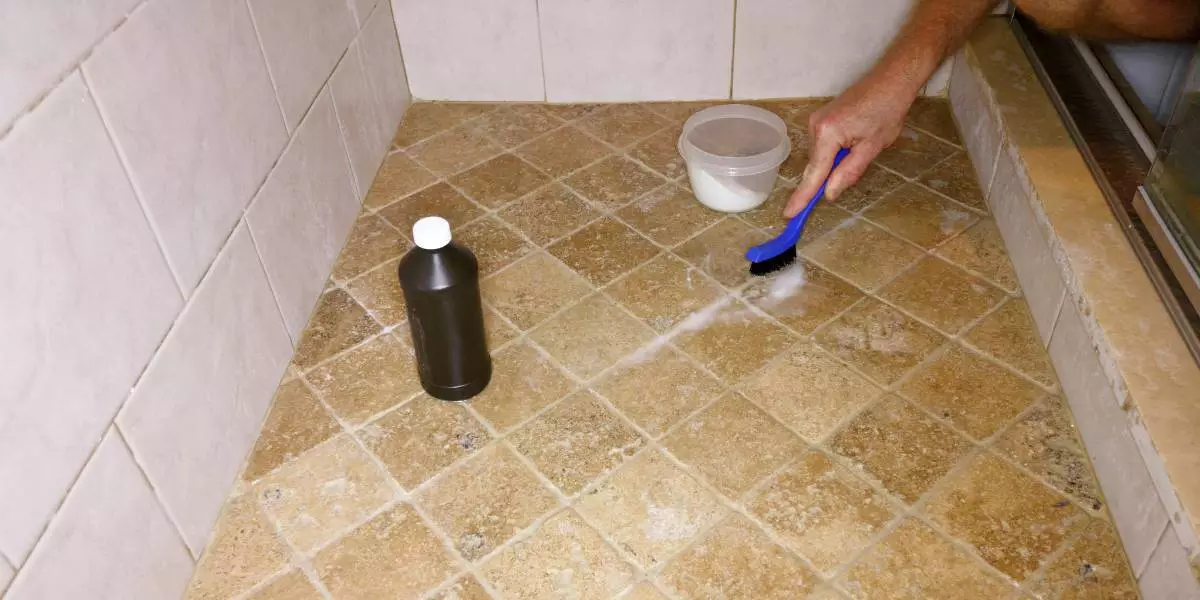Connecting multiple wires together may seem like a daunting task, but with the right techniques and tools, it can be easily accomplished. In this article, we will explore the best techniques for connecting wires, including using wire nuts, splicing the wires, and utilizing wire connectors.
What are the best techniques for connecting multiple wires together?
Using wire nuts
Wire nuts are a commonly used method for connecting multiple wires together. They come in various sizes and can accommodate different numbers of wires. To use wire nuts, start by stripping approximately 3/4 inch of insulation from the end of each wire.
Then, twist the stripped ends of the wires together in a clockwise direction. Next, place the wire nut over the twisted wires, ensuring that all exposed wires are covered by the nut.
Finally, tighten the wire nut by turning it clockwise until it is secure. Wire nuts provide a reliable and insulated connection between wires.
Splicing the wires
Another technique for connecting multiple wires together is splicing. Splicing involves joining the bare ends of the wires together to create a secure and continuous connection.
To splice wires, start by preparing the wires by stripping off approximately 3/4 inch of insulation from each end. Next, twist the exposed wires together in a clockwise direction. This twisting motion helps to create a strong connection between the wires.
Once the wires are twisted together, it is essential to insulate the connection to ensure safety. This can be done by wrapping electrical tape around the twisted wires, covering all exposed metal.
Using wire connectors
Wire connectors, also known as wire caps or wire nuts, are another reliable method for connecting multiple wires together. These connectors are designed to securely hold the twisted wires together while providing insulation and protection.
There are different types of wire connectors available for various wire gauges and applications. When using wire connectors, it is crucial to select the right size connector for the wires being connected. This ensures a tight and secure connection.
To use wire connectors, strip approximately 3/4 inch of insulation from the end of each wire, twist the stripped ends together, and then place the wire connector over the twisted wires. Finally, tighten the wire connector by turning it clockwise until it is secure.
How do I properly use wire nuts for connecting wires?
Choosing the right size wire nut
When using wire nuts to connect wires, it is essential to choose the right size wire nut for the application. Wire nuts come in different sizes, indicated by color-coding. The size of the wire nut should match the gauge of the wires being connected.
Using a wire nut that is too small can lead to loose connections, while using a wire nut that is too large can result in an insecure connection. It is best to consult a wire nut sizing chart or seek advice from a professional if you are unsure about the appropriate size.
Twisting the wires together
Before using a wire nut, it is crucial to twist the stripped ends of the wires together in a clockwise direction. This twisting motion helps to create a secure and reliable connection. It is recommended to use pliers or wire strippers to ensure the twists are tight and secure. The tighter the twist, the better the connection will be.
Securing the wire nut
Once the wires are twisted together, it is time to secure the wire nut. Place the wire nut over the twisted wires, ensuring that all exposed wires are covered by the nut. Carefully tighten the wire nut by turning it clockwise until it is snug and secure. It is essential not to overtighten the wire nut, as this can damage the wires or the nut itself.
What is the process of splicing wires together?
Preparing the wires for splicing
To splice wires together, first, prepare the wires by stripping off approximately 3/4 inch of insulation from each end. This exposes the bare conductor or the metal part of the wire that will be joined. It is crucial to ensure that the stripped part is clean and free from any frayed strands.
Twisting the wires together
With the stripped ends of the wires exposed, twist them together in a clockwise direction. This twisting motion helps to create a tight and secure connection. It is recommended to use pliers or wire strippers to ensure a good twist.
Applying electrical tape for insulation
Once the wires are twisted together, it is essential to insulate the connection to prevent any accidents or electrical shorts. This can be done by applying electrical tape around the twisted wires, ensuring that all exposed metal is covered. Electrical tape provides insulation and protects the connection from moisture and other external factors.
What are the different types of wire connectors?
Wire connectors for different wire gauges
Wire connectors come in various sizes to accommodate different wire gauges. It is important to select the right size wire connector for the wires being connected. Using a wire connector that is too small can lead to an insecure connection, while using a connector that is too large can result in loose connections. When in doubt, consult a sizing chart or seek advice from a professional.
Using twist-on wire connectors
Twist-on wire connectors, also known as wing nuts, are a commonly used type of wire connector. These connectors have threads on the inside that grip and secure the twisted wires together.
To use a twist-on wire connector, twist the stripped ends of the wires together in a clockwise direction and then attach the connector by screwing it onto the twisted wires. Twist-on wire connectors are easy to use and provide a reliable connection.
Using push-in wire connectors
Push-in wire connectors are another type of wire connector that provides a quick and easy way to connect wires. These connectors have small holes where you can insert the stripped ends of the wires. The connector grips the wires securely, creating a strong and insulated connection. Push-in wire connectors are ideal for applications where you need to connect multiple wires quickly.
Do I need to hire an electrician to connect multiple wires together?
When to seek professional help
While connecting multiple wires together can be a DIY project, there are instances where it is best to seek the help of a professional electrician. If you are unsure about the proper techniques or lack the necessary tools and experience, it is safer to hire an electrician to ensure a reliable and secure connection.
If you are working on complex electrical systems or dealing with high-voltage wires, it is crucial to hire a professional for your safety.
Understanding electrical safety
Working with electricity can be dangerous, and it is essential to prioritize safety at all times. Before attempting any electrical work, make sure to turn off the power at the breaker or fuse box to prevent electrical shock.
Always use insulated tools specifically designed for electrical work to minimize the risk of accidents. If you are unsure about any aspect of electrical work, it is best to consult a professional.
Knowing the limitations of DIY
While DIY projects can be rewarding, it is vital to know your limitations. Electrical work can be complex, and mistakes can have serious consequences. If you are unsure about your skills or lack the necessary knowledge, it is best to hire a professional electrician. They have the expertise and experience to handle electrical tasks safely and efficiently.
Connecting multiple wires together requires the right techniques and tools. Whether you choose to use wire nuts, splice the wires, or utilize wire connectors, it is crucial to follow proper procedures to ensure a secure and reliable connection.
If you are unsure about any aspect of the process or lack the necessary skills, do not hesitate to seek the help of a professional electrician. Remember, safety should always be the top priority when working with electricity.
Q: Can I connect different gauge wires together?
A: It is generally not recommended to connect different gauge wires together. If you need to make a connection between different gauge wires, it is best to use a wire nut that is specifically designed for that purpose.
Q: What is solder and when should I use it?
A: Solder is a metal alloy that is used to join electrical wires together. It melts at a relatively low temperature and creates a strong bond when solidifies. Soldering is typically used for more permanent connections and is less common for connecting multiple wires together.
Q: How do I connect 12 wires together?
A: When connecting 12 wires together, you should use multiple wire nuts to ensure a secure connection. Strip the insulation from the ends of the wires, twist them together in groups of 2 or 3, and then secure each group with a separate wire nut.
Q: What does a blue wire indicate?
A: The color of wires can vary depending on the particular wiring system or country. However, in some systems, a blue wire is used to indicate a neutral wire.
Q: Can I use a wire nut for 12-gauge wires?
A: Yes, you can use a wire nut for 12-gauge wires. However, make sure to choose a wire nut that is specifically designed for that wire gauge. It should be able to accommodate the larger size of the wires.
Q: What is a pigtail and how is it used in home electrical wiring?
A: A pigtail is a short length of wire that is used to connect multiple wires together. In home electrical wiring, it is often used to create a connection between a device or fixture and the electrical circuit, such as connecting a light switch or an outlet.
Q: What is the purpose of using wire nuts?
A: Wire nuts are used to safely and securely connect multiple wires together. They provide insulation and protect the connection from coming loose or becoming exposed, reducing the risk of electrical hazards.
Q: Can I use wire nuts for joining more than 2 wires together?
A: Yes, wire nuts can be used for joining more than 2 wires together. However, if you are connecting a large number of wires, it is recommended to use larger wire nuts or multiple wire nuts to ensure a secure and reliable connection.







